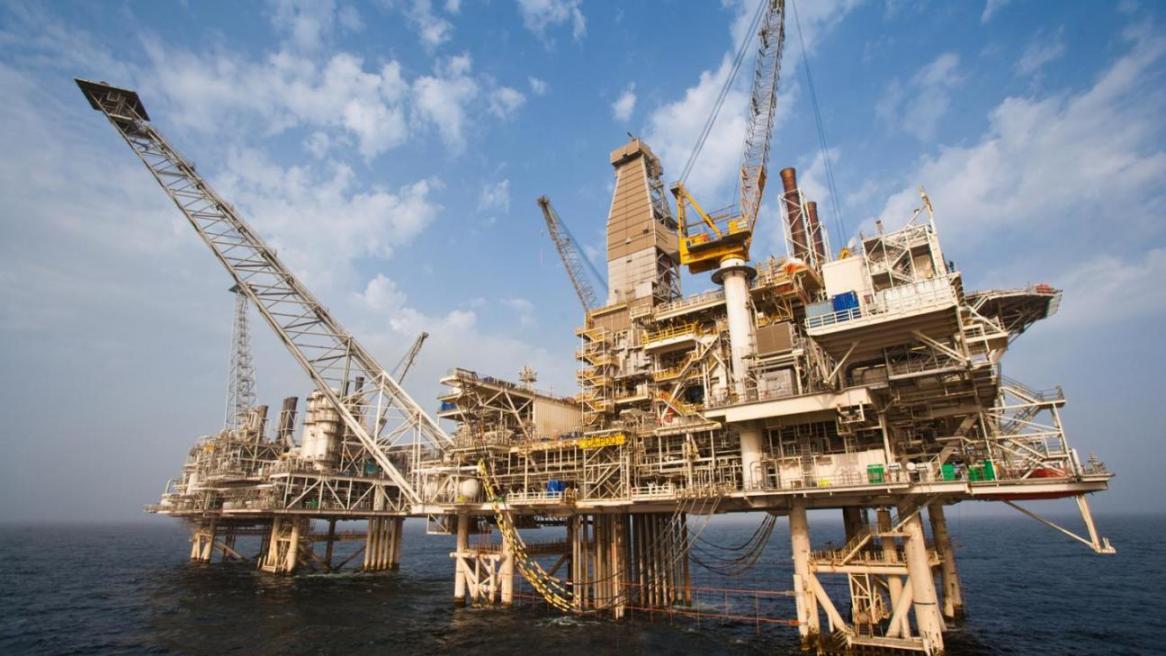A prominent academic and geographer has said the Caspian Sea’s struggle with pollution is getting worse, especially in the sea’s southern regions that border Iran’s lush northern provinces.
Pointing to industrial and household waste dump as well as pollution caused by oil tankers from the Caspian littoral countries as the main evil, Parviz Kardovani said, “The sea’s condition is worsening on a daily basis; it’s undeniable.”
Due to the water current, most of the sea’s sedimentation rests in the depth of its southern coasts, which border Iran.
He said the city of Noshahr in Mazandaran Province is highly affected by the pollution, adding that fishing in the major tourist resort is now “downright dangerous.”
“[The residents of Noshahr] are better off buying fish from aquafarms,” Kardavani was quoted as saying by donyayesafer.com.
The Caspian Sea, shared between five countries - Iran, Russia, Azerbaijan, Kazakhstan and Turkmenistan - is in critical condition with oil tankers alone dumping over 120,000 tons of pollutants annually. Sewage from the cities bordering the sea exacerbates pollution.
Despite discovering two major oil fields in the Caspian Sea, Iran has yet to begin extracting the so-called ‘black gold’, meaning most of the oil pollution in the region is caused by other countries’ activities.
Sea Level Drop
Due to natural cyclic fluctuations in the level of the sea, which occur every 30 years, the Caspian Sea experiences extended periods of extreme high and low tide.
The sea is now at low tide, during which the volume of water declines. As a result, ports also become shallow, making it difficult for ships to dock.
“Under the conditions, cargo ships will have to reduce the cargo they normally carry by one-sixth, and to make up for the deficit they will need to sail more often and in the process produce more pollution,” IRNA quoted Khosro Sarayei, director of Transit and Tariff Office at Iran’s Ports and Maritime Organization as saying.
The sea registered an unprecedented 22-centimeter drop in water level in spring, reaching its lowest level in 60 years.
Aside from pollution, environmentalists fear invasive plants, such as the water hyacinth and water ferns that have laid siege to the Anzali Wetland, will eventually find their way into the salty sea also known as the world’s largest lake.
Given the size of the sea, controlling the spread of invasive species will be a herculean task.
With a surface area of 371,000 km2, the Caspian Sea is the largest enclosed body of water on earth.
Offshore Drilling Scrutinized
The 2010 environmental disaster in the Gulf of Mexico has put offshore drilling operations in the Caspian Sea under scrutiny.
Oil giant BP has been heavily involved in energy projects in Azerbaijan since 1997 and operates the Baku-Tbilisi-Ceyhan export pipeline, which carries Caspian crude oil to European markets via Turkey.
Non-governmental organizations in Azerbaijan have long challenged BP over the environmental impact of its Caspian drilling operations, according to a BBC report. Some NGOs claim that an accident like the BP oil disaster could happen in the Caspian Sea.
The Caspian Sea’s disputed legal status is also a risk factor for the environment. There is still no international agreement about whether to class the Caspian as a sea or a lake — and that leaves the extent of territorial waters and sharing formula rather vague. It might be easier for a company or state to avoid responsibility if a major oil spill or other pollution incident happened in disputed waters, experts say.


